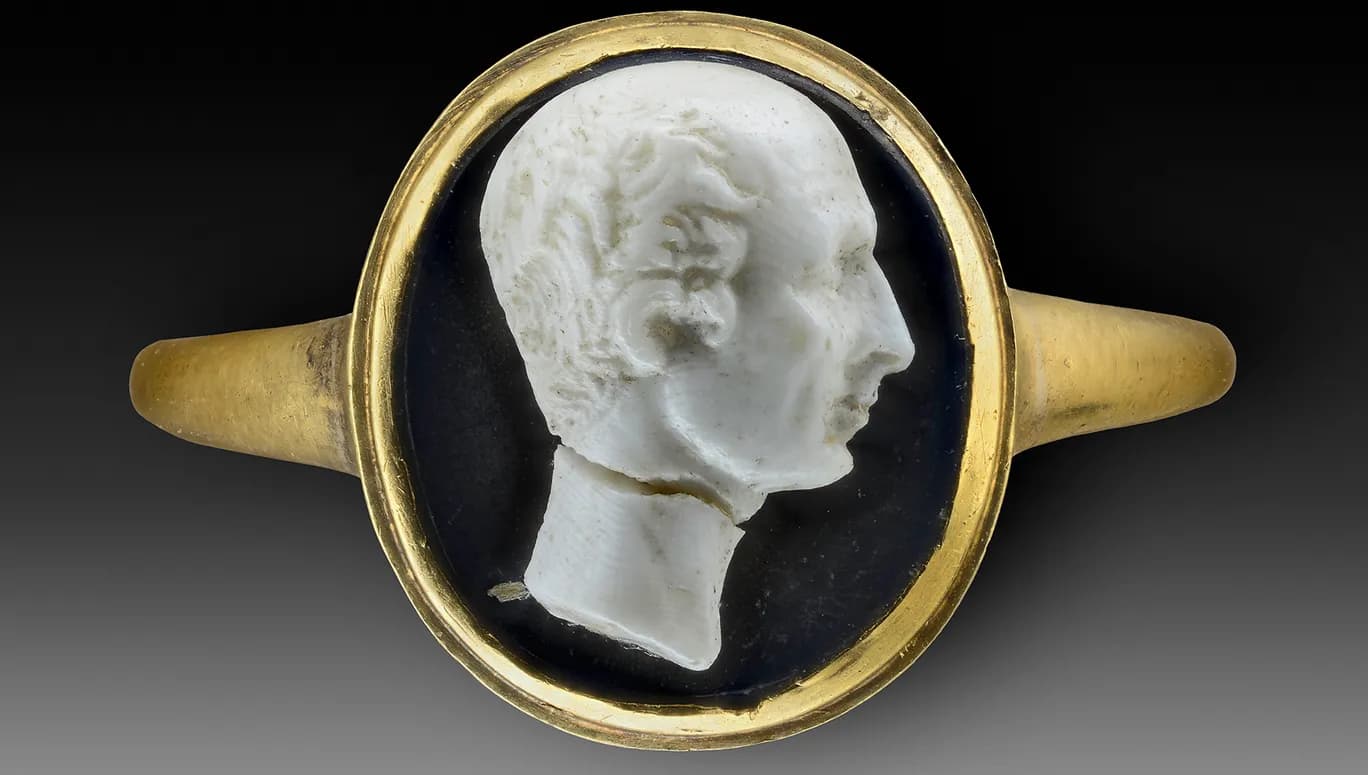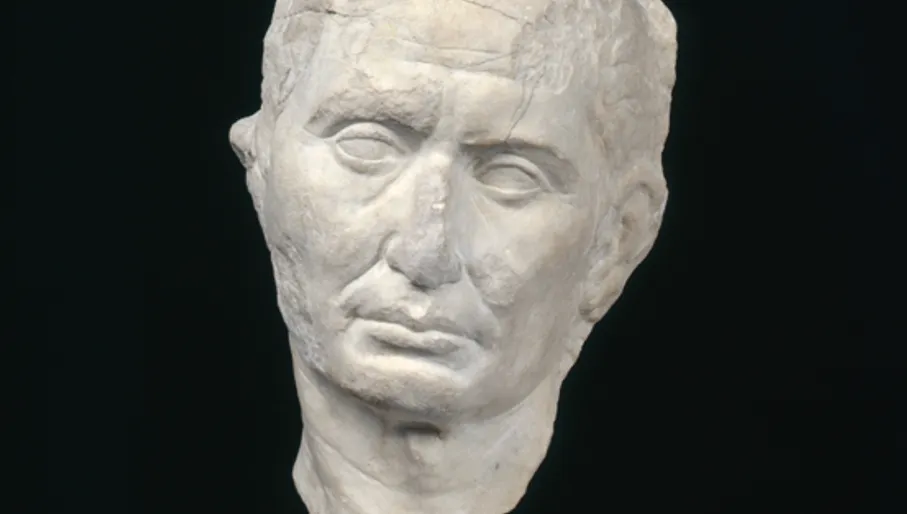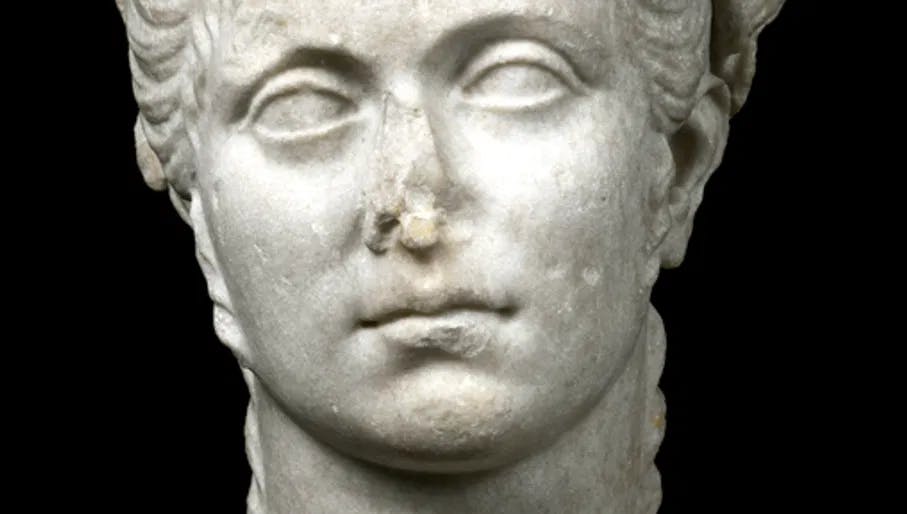
5 reasons to visit Teylers Museum this summer
15 July 2025

In collaboration with H'ART Museum

Caesar was given heroic status when he was alive, which has persisted throughout history until today. He was immortalised in great works of literature, from Dante to Shakespeare, who dedicated an entire tragedy to him. And who does not recognise him as the light-hearted emperor from the Asterix and Obelix comic book series?
Several busts in the exhibition give an impression of what Caesar must have looked like. He was a bit balding, something he tried to hide by combing his hair forward. Meanwhile, a 3D construction of his face, with a broad forehead and a slightly bent nose, brings viewers ever closer to his true likeness.

Caesar met 20-year-old Cleopatra as she was battling for the throne with her brother (and husband) Ptolemy. Their affair was mainly strategic, but Caesar stayed with her in Egypt for a long time. Cleopatra claimed her son was Caesar's child. But what did this formidable woman actually look like? In fact, the answer is probably rather ordinary. Which has left room for diverse interpretations throughout history.
From Elizabeth Taylor, who made Cleopatra her style icon to the latest Netflix series, which looks at her from an African perspective, don't miss the fascinating film compilation about her legacy.
In July 46 BC, Caesar celebrated his victories in Rome. The civil war was over, and his campaigns were successfully concluded. All of Rome celebrated. On a colourful mosaic, we see a cheerful Roman banquet. Luxury villas rose everywhere, and captured treasures were shown to the public in temples. There was even talk about inflation for a while because Caesar had carried away so much gold that it lost its value. Caesar boosted his reputation by claiming that his family was descended from the goddess Venus - transforming him into a divine entity himself.
The giant statue of the wolf suckling Romulus and Remus, the founders of Rome, also says something about the importance of descent.
While historians aren't sure about this, in De Bello Gallico's war records, Caesar describes a very recognisable landscape. His troops probably battled in the Maas and Waal regions, where many human remains and Roman weapons have been found. What is certain, however, is that Caesar took pride in conquering and exterminating the Germanic peoples, whom he considered 'barbarians' par excellence. Nowadays, we might think of this as 'genocide'.
Besides Roman swords and spears, a relief shows the carrying away of chained, enslaved prisoners.
Even though his wife Capurnia repeatedly warned him not to go to the Senate today because she'd had a nasty dream, Caesar went to work anyway and was attacked by several senators. Calpurnia had sensed the mood well. Her husband had become too powerful, and power means enemies. After 23 dagger stabs, the great emperor went down. One of the last images he saw was that of his friend Brutus wielding a dagger when he famously uttered, "You too, Brutus?"
In a room-filling animation, see how this drama played out.
Julius Caesar - I came, I saw, I met my doom | 16 September 2023 - 20 May 2024 | H'ART Museum